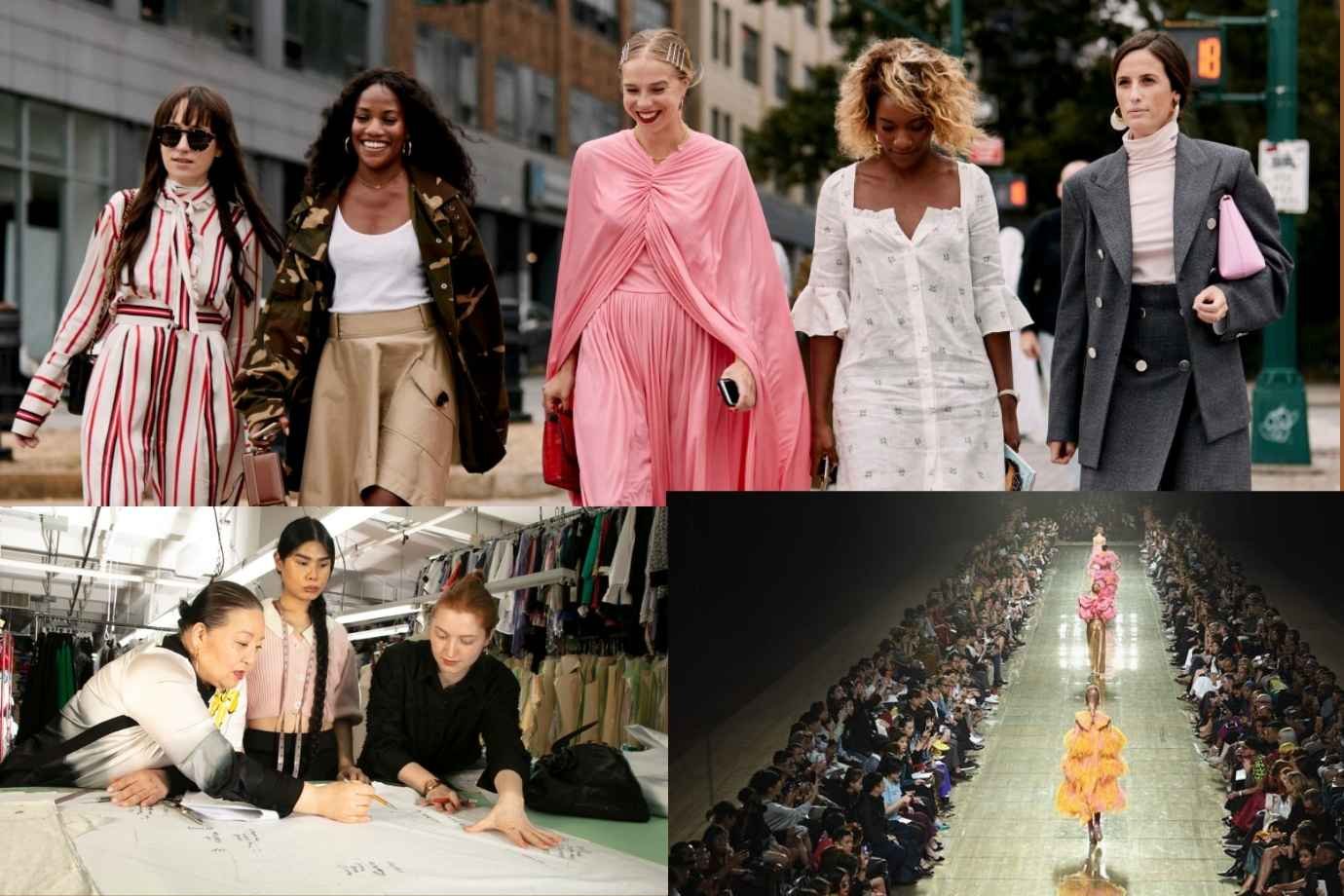New York has always been a melting pot of fashion, style, and creativity, where the energy of the streets fuels the latest trends, and iconic designers find their inspiration. From the bustling boutiques of the Lower East Side to the glitzy runways of Fashion Week, the city has set the tone for fashion around the world. The punk rock fashion of 1970s New York is one of my favorites. Designers like Vivienne Westwood and Jean-Paul Gaultier were revolutionary during their times. Then, there was the 1980s, a time when power suits and bold statements ruled the day. 80s New York era was perfectly encapsulated by legendary designers like Donna Karan and Ralph Lauren. In the 90s and 2000s, New York City sustained its status as a global fashion where fashion is the identity of its people. However, the latest report suggests that New York’s fashion economy is at high risk, with rapid decline. Eventually, this has raised important questions about what lies ahead for this ever-evolving fashion capital.

(Photo Courtesy: Fashionista)
“The Partnership for New York City” Report: New York’s Fashion Economy Is At a Crossroads
A sobering report from the Partnership for New York City highlights significant challenges facing the region’s fashion economy. This non-profit coalition of corporations is warning New York City about the risk of losing its position as a global fashion capital, particularly in comparison to rivals like Paris and Milan.

(Photo Courtesy: Business Insider)
Declining Engagement and Employment
The report reveals a shocking trend: “Many top designers and fashion companies are becoming increasingly disengaged from New York’s institutions.” As a result, the industry has experienced a decline of approximately 50,000 jobs in the past decade, with projections indicating further losses over the next four years. Besides this, more troubling data is the decline of fashion students in New York. The number of students completing programs at essential fashion schools like Parsons School of Design, the Pratt Institute, and the Fashion Institute of Technology – has dropped significantly, with a 30% decline in graduates from 2016 to 2022.
As the report says, “Graduates are not necessarily staying in New York given the relatively high costs, global dispersion of suppliers and manufacturers, and options available for direct-to-consumer sales and marketing from anywhere.”
This rapid decline in the upcoming talent raises concerns about the sustainability of New York’s fashion landscape.

(Photo Courtesy: Crain’s New York Business)
Fashion is the Leading Contributor to New York’s Economy!
New York City’s fashion industry is not just a cultural phenomenon; it is a vital pillar of the city’s economic landscape. According to 2022 statistics, the fashion sector contributed a staggering $96 billion in sales across fashion, jewelry, footwear, and related goods. This impressive data comprises $51 billion in direct sales and $45 billion in indirect sales, highlighting the extensive influence of the fashion industry within New York City’s economy.
However, these numbers aren’t at par with past years. According to the report, the fashion industry’s contribution to New York’s GDP has been in decline since 2014. Over the decade from 2012 to 2022, the industry’s GCP fell by 13.6% and has yet to fully recover.
Industry Insights and Perspectives
The report’s findings are based on extensive research from McKinsey & Co. and interviews with over 40 industry leaders, including brand executives, retailers, investors, and educators. The consensus is clear: “New York is at a crossroads.”
As the report states, “Government and fashion industry leaders must decide whether to make a strategic investment in the industry’s future or risk losing fashion’s defining contributions to New York’s economy, culture, and brand.”
The Declining Influence of New York Fashion Week
As a fashion enthusiast, I find New York Fashion Week to be one of the most exciting annual events. From decades, NYFM has remained a cornerstone of the city’s fashion calendar, attracting prominent designers, buyers, and media from around the world. Historically, NYFM has generated substantial economic activity, with estimates suggesting it contributed $600 million to the city’s economy in 2017 alone. But, since 2017, the contribution and influence are rapidly declining.
Take the example of New York Fashion Week 2024 (Spring/Summer); it hasn’t made much noise like other fashion weeks in London, Paris, and Milan.

(Photo Courtesy: The New York Times)
Final Words
The fashion industry is an integral part of New York City’s economy, contributing significantly to employment, education, tourism, and retail. As the city navigates the challenges of a changing landscape, we also hope New York’s fashion economy gets better!
For more such fashion-related articles, stay tuned with “The Stitch Studios”.


